1. Bread with Alum

In the 1800s, bakers sometimes stretched their flour supply by adding alum, a substance once used in pickling and tanning hides. It gave bread a whiter look and firmer texture, which shoppers thought meant higher quality. The problem was that alum is toxic in large amounts, and those daily loaves could cause digestive issues and worse over time.
What makes it unsettling is how common it was, especially in poorer neighborhoods where cheap bread was the only option. People thought they were feeding their families something safe, when in reality, it was slowly harming them. Thankfully, regulations eventually banned alum in bread, but not before generations consumed it.
2. Beer with Formaldehyde

For a while, some breweries used formaldehyde as a preservative to keep beer fresher for longer. It worked in extending shelf life, but it also meant drinkers were sipping a chemical linked to cancer. The taste didn’t give it away, so most people never realized.
In countries where regulations were looser, this practice stuck around much longer than it should have. Imagine heading to your favorite pub only to find out years later your pint had embalming fluid in it. That’s one happy hour no one would want repeated.
3. Candy Colored with Lead
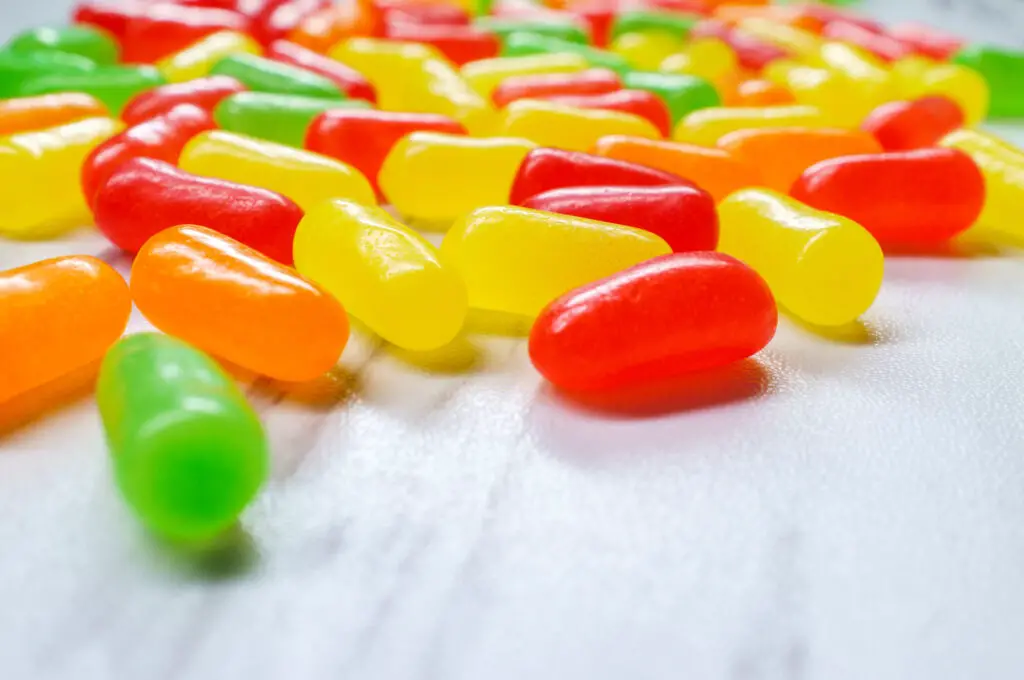
Brightly colored candies in the 19th century sometimes got their hues from lead-based dyes. Green sweets, in particular, were often tinted with something called “Scheele’s Green,” which contained arsenic and lead. Kids loved them, but they were basically poison in a wrapper.
Parents had no idea, thinking the treats were harmless fun. In some cases, children became gravely ill after indulging. Over time, the connection was made, and lead-based food coloring was banned. But it’s haunting to think of something so cheerful being so dangerous.
4. Coffee with Coal Tar
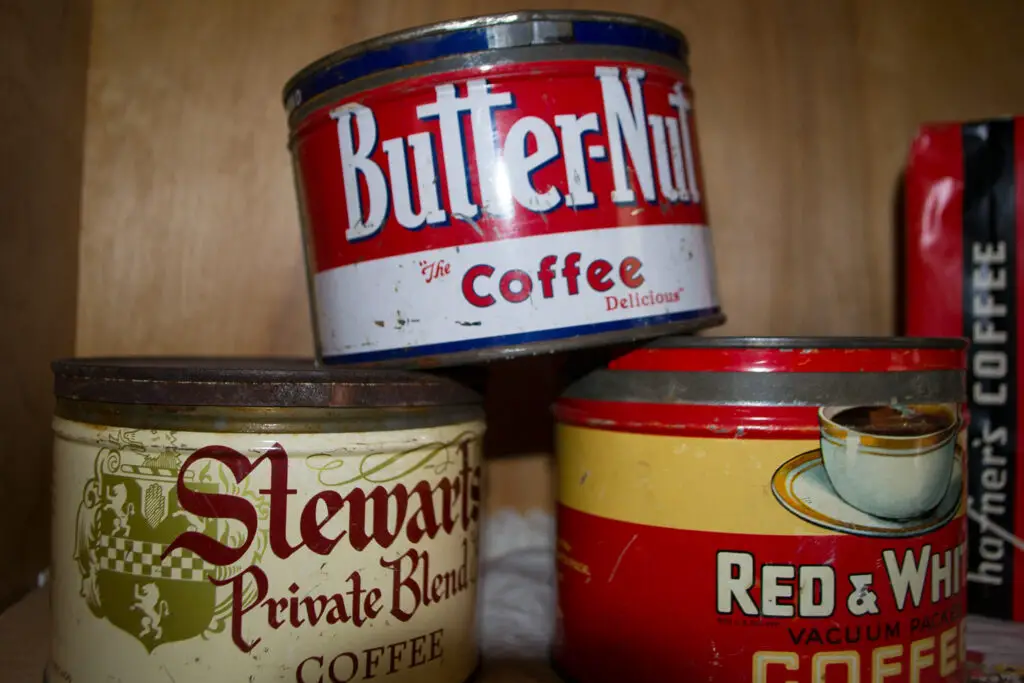
In the early 20th century, some manufacturers used coal tar derivatives to color and flavor coffee. Coal tar, a byproduct of the steel industry, was cheap and easy to blend in, but it wasn’t meant to be swallowed daily. It was linked to health problems, including cancer.
Shoppers at the time thought they were just buying darker, richer-looking coffee. They couldn’t have guessed that their morning ritual was tainted with industrial waste. Regulations eventually cracked down, but only after countless cups had already been poured.
5. Milk with Formalin
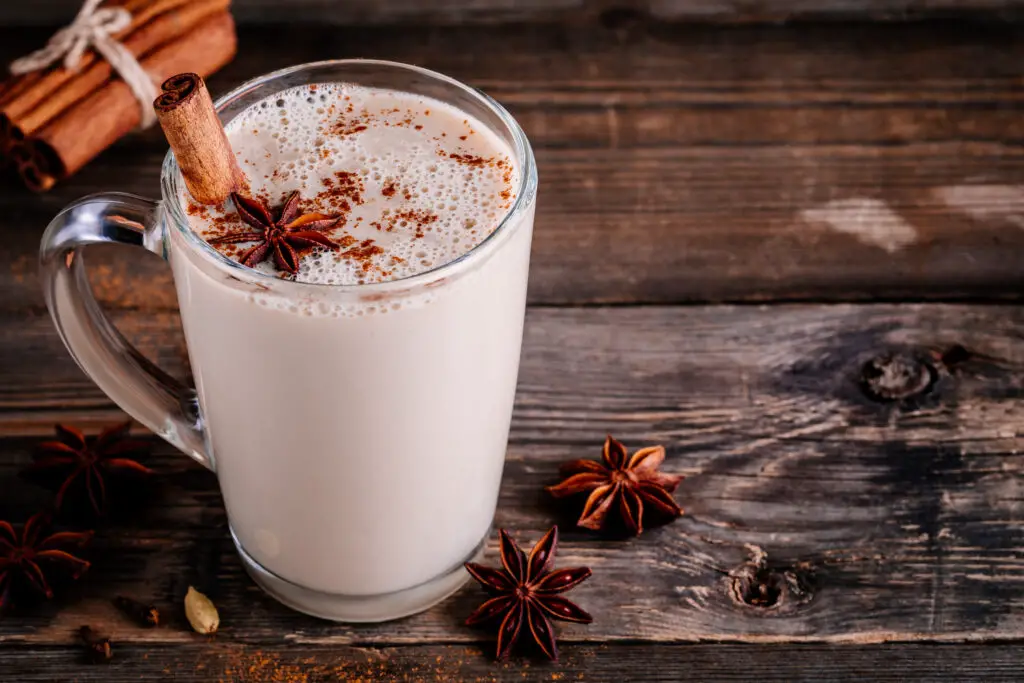
Milk was often preserved with formalin, a solution of formaldehyde, to keep it from spoiling during transport. It sounds unthinkable today, but in the late 1800s and early 1900s, refrigeration wasn’t common, so milk spoiled fast. This toxic additive kept it looking fresh longer.
Unfortunately, children were often the biggest victims, since milk was a staple for them. Families trusted their dairies, never suspecting the milk itself could make their kids sick. Once widespread deaths were reported, reforms finally pushed dairies to abandon the practice.
6. Pickles with Copper Sulfate
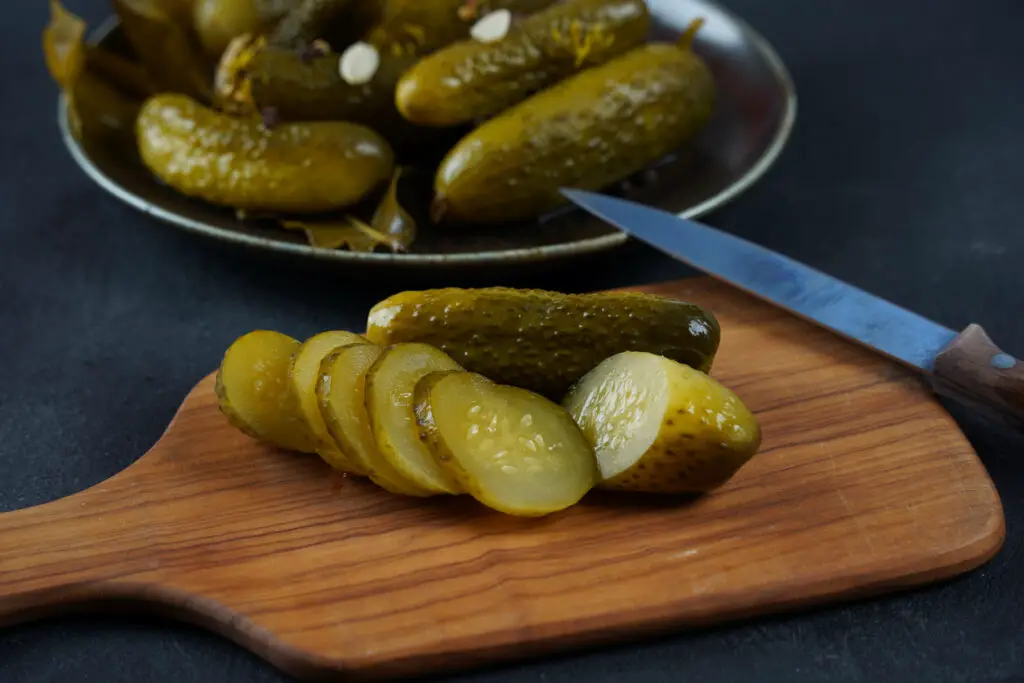
To get that crisp green color, pickle makers sometimes used copper sulfate. It gave cucumbers a vibrant, almost neon look that made them stand out on store shelves. But copper sulfate is poisonous and caused digestive distress and more severe health problems.
Customers thought the brighter the pickle, the better the quality. In reality, they were munching on something that could accumulate in their bodies and make them ill. Eventually, natural brining methods took over, and copper sulfate became a relic of bad food science.
7. Ice Cream with Borax

Borax, now known as a cleaning product, was once mixed into ice cream to act as a preservative and texture improver. It made the frozen treat smoother and prevented melting during transport. That sounds clever until you remember borax is toxic when eaten.
Families lined up on hot days for what they thought was a safe indulgence. But repeated exposure could cause nausea, vomiting, and other serious health issues. Food laws eventually caught up, sparing future generations from poisonous sundaes.
8. Mustard with Lead Chromate

Mustard’s bright yellow color wasn’t always from turmeric. Some unscrupulous manufacturers used lead chromate to fake a richer look. It gave mustard a glow that customers found appealing but was incredibly dangerous.
Lead poisoning can cause neurological issues, especially in children, and regular use meant families were dosing themselves with poison. The cheap trick worked for years before stricter rules forced mustard makers to switch to safer ingredients. Today, turmeric does the job without the toxins.
9. Flour with Plaster of Paris
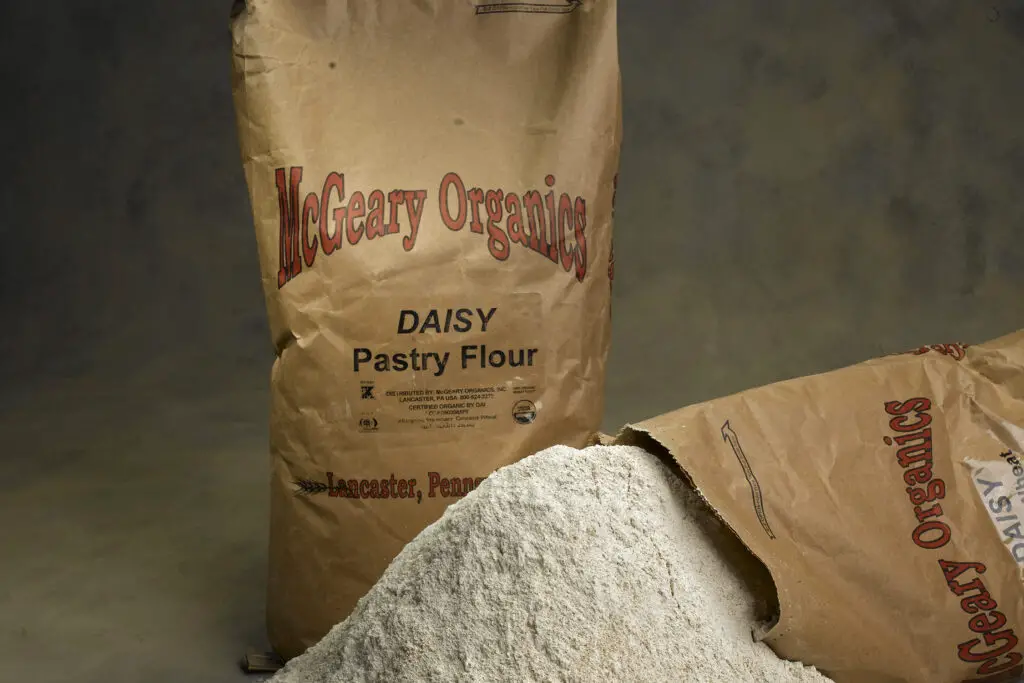
Believe it or not, some bakers bulked up flour supplies by mixing in plaster of Paris. It was cheap and plentiful, giving bread a whiter color that many associated with higher quality. The catch? Plaster of Paris is made of gypsum, which is not something you want in your diet.
It caused stomach troubles and worse, especially for people eating bread as their main food source. It’s a grim reminder that food adulteration wasn’t just about stretching supply—it was about deception. Over time, food inspections made it harder for tricks like this to continue.
10. Cheese with Arsenic
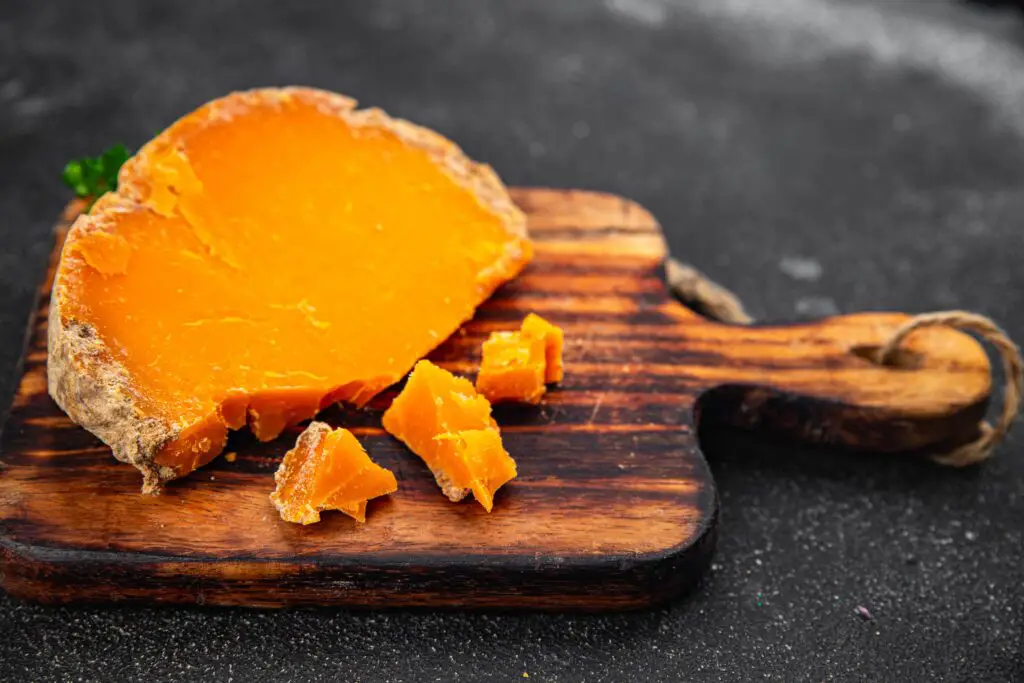
In the 1800s, cheese makers sometimes used arsenic-laced coloring to give cheese a more appealing look. Green-hued cheese was especially suspect, since arsenic-based dyes gave it that color. Consumers were none the wiser, happily spreading it on bread.
The problem wasn’t only that arsenic was poisonous—it accumulated in the body, causing long-term damage. Symptoms ranged from stomach pain to fatal poisoning. Eventually, the link was exposed, but not before countless people unknowingly ate toxic slices.
11. Canned Food with Lead Solder
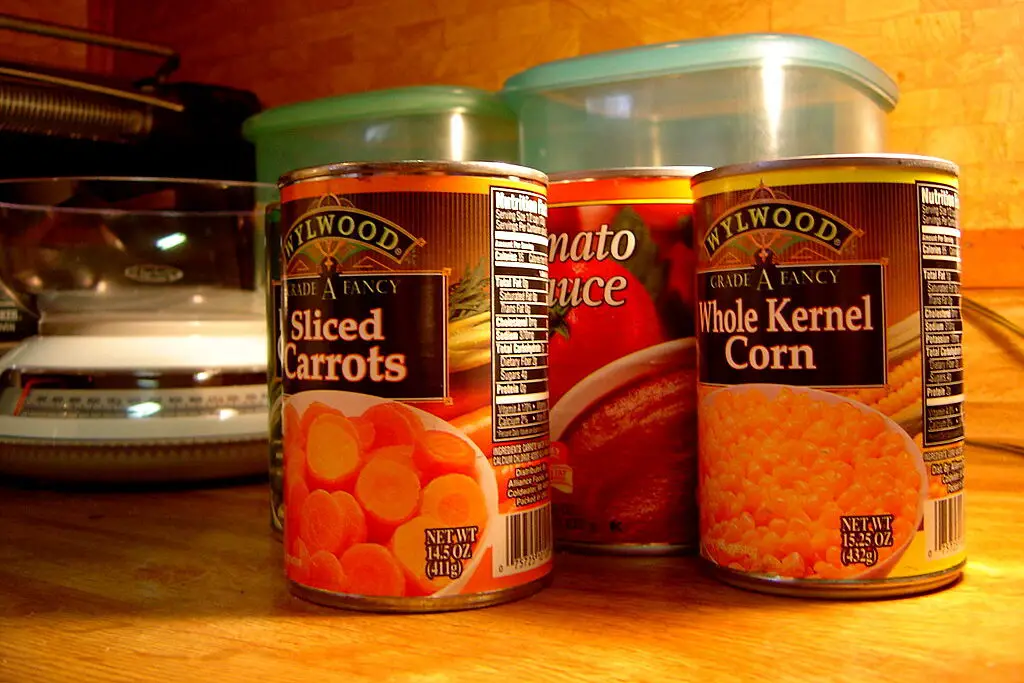
Canning revolutionized food storage, but in the 19th and early 20th centuries, the seams of cans were often sealed with lead solder. As acidic foods like tomatoes sat inside, the lead leached into the contents. Families thought canned food was safe and modern, not realizing it could poison them.
Cases of lead poisoning were traced back to this practice, sometimes even killing explorers who relied on canned rations. Over time, safer canning methods replaced the toxic seams. Today, it’s a cautionary tale about progress outpacing safety.
12. Chocolate with Red Lead
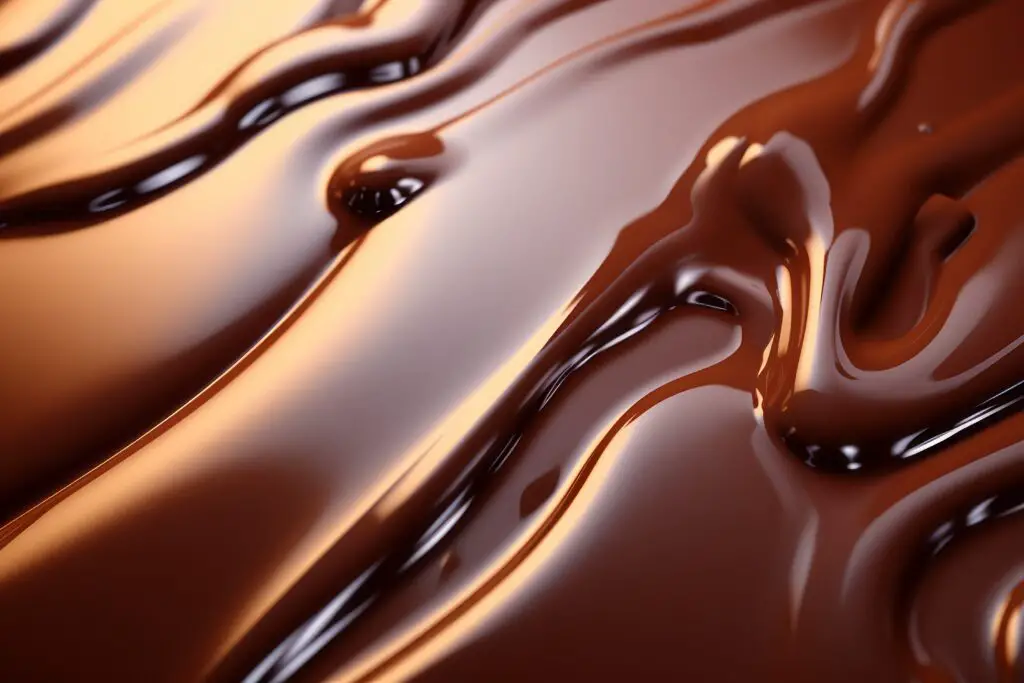
Cheap chocolates sometimes contained red lead as a coloring agent. It gave candies a bright, enticing shade that caught the eyes of children and adults alike. The sweetness masked the danger, making it one of the most deceptive food adulterations.
Lead poisoning is no small matter—it can damage the brain and other organs, especially in young people. Families thought they were treating themselves, but in reality, they were being harmed with every bite. Thankfully, chocolate is now one of the most regulated foods.
13. Olive Oil with Turpentine
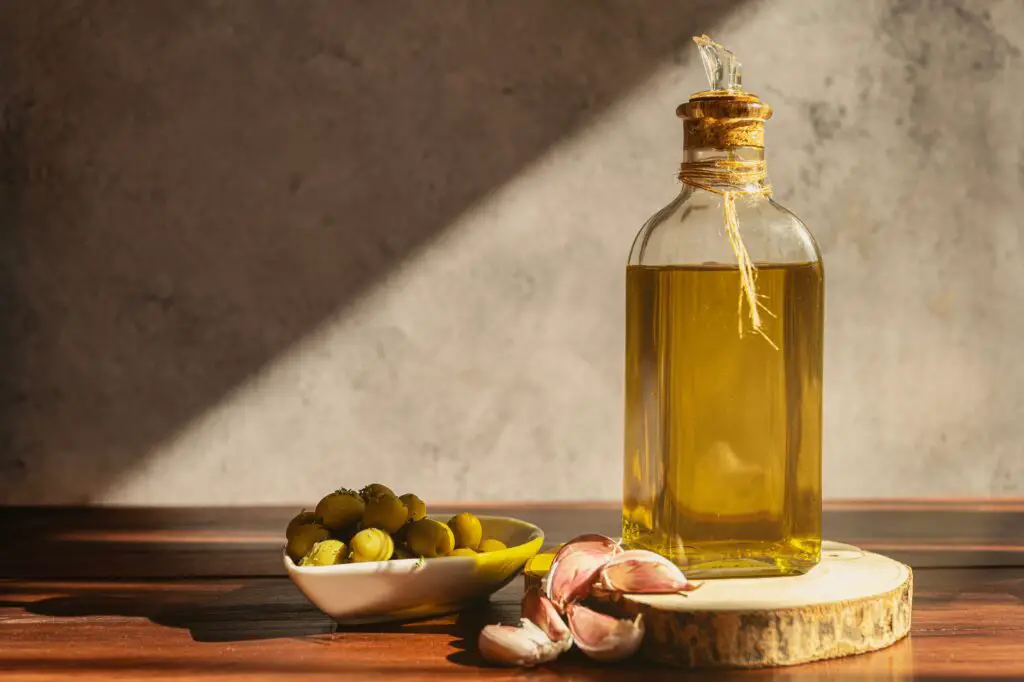
Unscrupulous sellers once mixed turpentine into olive oil to stretch supply and give it a brighter color. While it might have made the oil look appealing, turpentine is a solvent and highly toxic when ingested. Shoppers had no idea their “pure” oil was anything but.
The practice was especially common when olive oil imports were expensive, and local sellers wanted to make a profit. Over time, improved labeling and stricter laws made it harder to pass off such dangerous mixtures. Now, “extra virgin” actually means something.
14. Wine with Lead Acetate

Winemakers once sweetened their product with lead acetate, also called “sugar of lead.” It gave wine a smoother taste, masking imperfections in cheap batches. But it also caused headaches, stomach pains, and worse in those who drank it regularly.
This practice dates back centuries, with some historians linking it to widespread poisoning in Europe. People thought they were enjoying a refined drink, when in truth they were consuming poison in every glass. The eventual ban came far too late for many.
15. Butter with Copper Salts
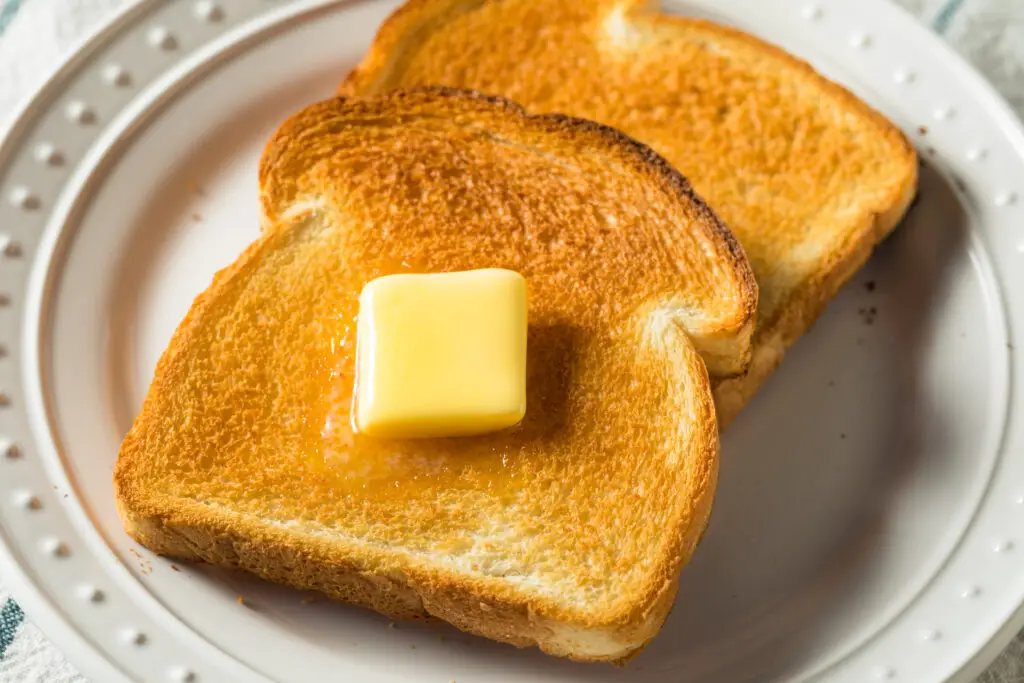
Butter was sometimes tinted yellow with copper salts to make it look richer and fresher. This cosmetic trick fooled buyers into thinking they were getting high-quality dairy. The copper gave it an appealing glow, but it was toxic when consumed over time.
Families spread it on bread daily, unknowingly harming their health. It took years of medical reports to finally prove the connection between the butter coloring and illness. Today, natural dyes like annatto provide that golden look safely.
